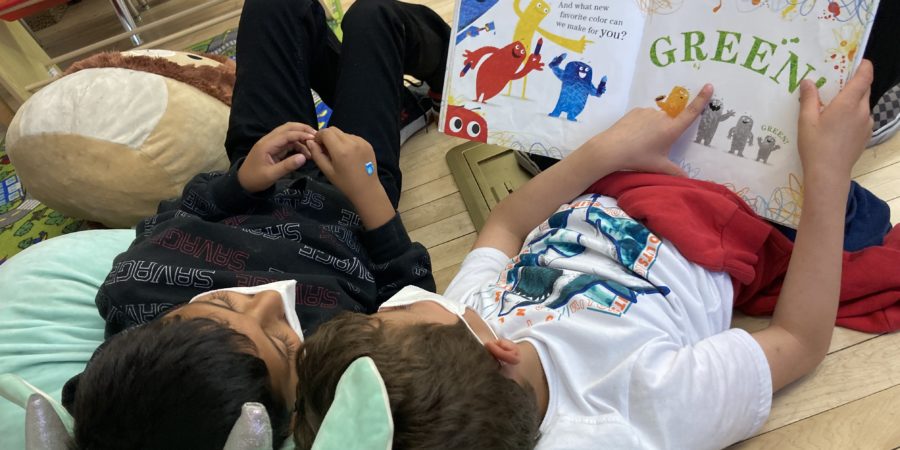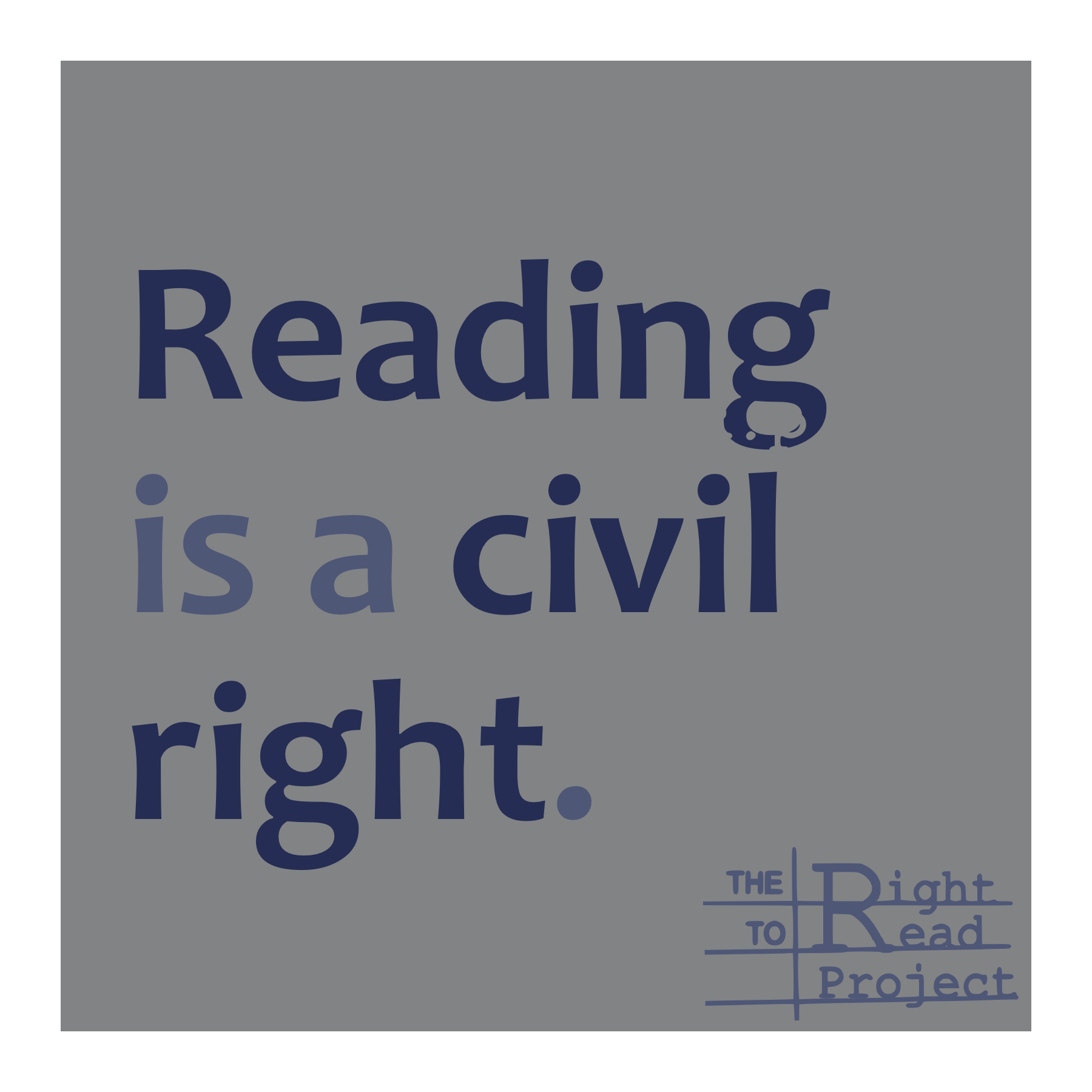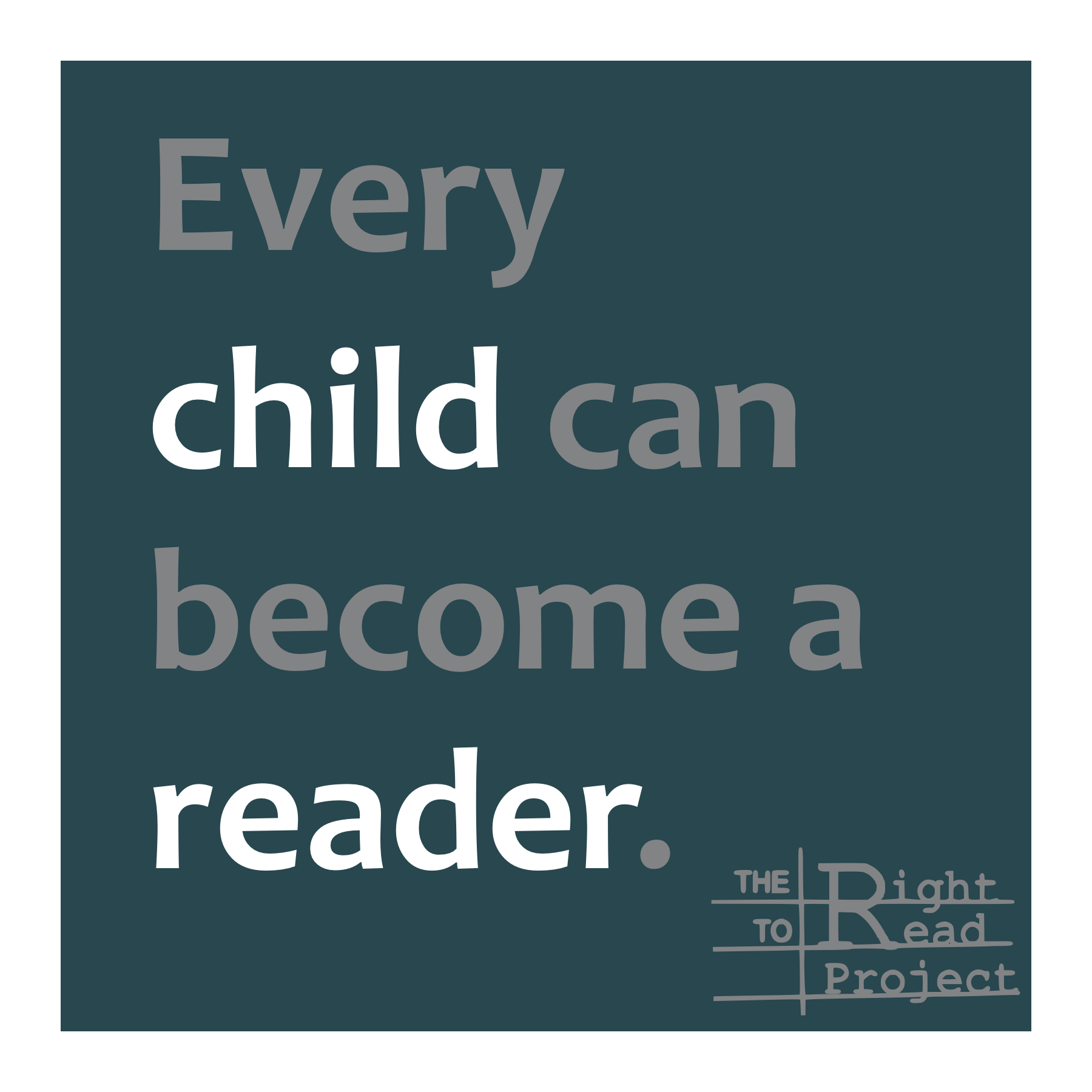Though Balanced Literacy was wrong about some important things, it has practices worth saving. And understanding the good in that approach to teaching literacy can help us transition to more effective instruction. Seeing the Good Balanced Literacy taught us the… Importance of a print-rich classroom Love of reading aloud to children Value of students seeing us write Pride in having an extensive classroom library Power of a mini-lesson Utility of
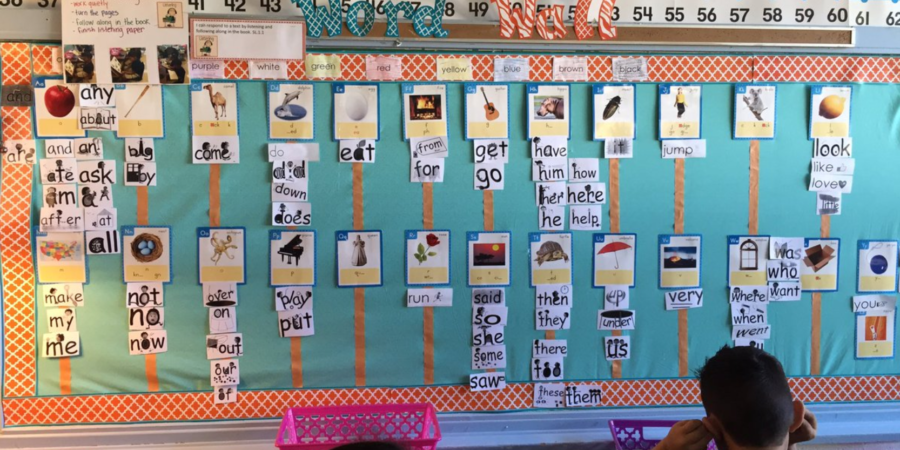
Can We Please Stop Talking About Phonics?
Can We Please Stop Talking About Phonics? The discussion about the science of reading and its refutation of Balanced Literacy is often mischaracterized as being all about phonics. It’s not. But when reading researchers evaluated how a popular Balanced Literacy program addresses phonics, fluency, text complexity, building knowledge, vocabulary, and the quality of its supports for English Learners, only the part about phonics made front page news. So a lot
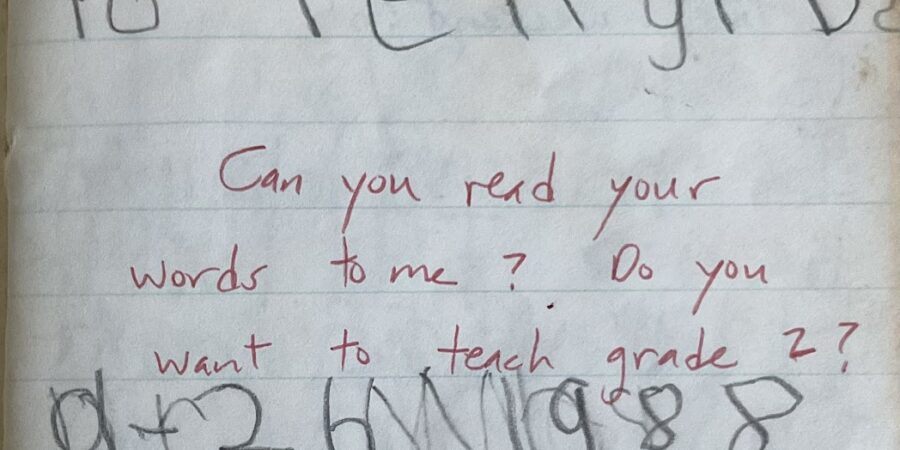
Dear Lucy, a second letter
Dear Lucy, When I wrote you a letter years ago, I urged you to consider the enormous impact you could have on classrooms, if you were to revise the trainings and materials offered by Teachers College Reading and Writing Project. I highlighted portions of Units of Study: Reading that instruct teachers to have students guess rather than decode words. And I made my letter public because I wanted to help

Data: The closest thing we have to a crystal ball
I embraced every possible reason not to take early literacy data seriously: Kindergarteners are too young for testing. How can we trust reading data of kids who have barely been in school? Shouldn’t we wait and see if students will catch up? I don’t even care about these subtests. Screening measures don’t tell me what I really need to know in order to teach. Testing pulls time away from instruction.

What Do I Do with All These Predictable Books?
Many teachers have already reorganized our leveled libraries because we learned that, according to Fountas and Pinnell, “levels have no place in classroom libraries.” Sorting books into bins labeled by theme or topic is time-consuming, but it’s not a difficult task. We immediately see that offering students more choice in their reading materials and teaching them to monitor their own reading for accuracy and comprehension is rewarding. However, books at

Overcoming Learners’ Bias to Give Our Students What They Need
I am a typical teacher, according to all the statistics; I’m white, female, and have between fifteen and twenty years of teaching experience. My students and their families, most of whom are Black and live in households below the poverty line, don’t see themselves reflected in my appearance or speech, and navigating these differences can be difficult. There are resources designed to help teachers curate texts and develop lesson plans

What Should We Do When a Reader Stumbles on a Word?
There’s a lot of bad advice out there for what to do when a reader comes to an unfamiliar word. While the exact language of problematic cues varies – Take a guess and sail on by! Skip the word and then reread. Use your eagle eye to look at the picture. – the premise of all these prompts is the same; they encourage young readers to use meaning or syntax

Predictable Books: Purpose-written for Guessing
The Good: Toddlers and preschoolers adore picture books with predictable language because they can emulate reading without needing to decode. Young children love Brown, Bear Brown Bear, What Do You See? and I Went Walking and Silly Sally because the repeating sentence patterns and big, bold, colorful illustrations allow them to confidently “read” the books by memorizing the patterns and looking at the pictures. Predictable books pique children’s interest in

Teacher: Advocate, Bystander, or Adversary?
A GUIDE TO READING ADVOCACY, PART 3 (Click here to read Part 2.) How can you get a school to change the way it’s teaching your child? The way you express concerns about reading instruction at your child’s school may very well determine how well those concerns are addressed by school staff. The forum you choose, the staff members you involve, the tone you use, and the priorities you convey,

Is My Child’s School Getting Reading Right? What to ask. What to look for.
A GUIDE TO READING ADVOCACY, PART 2 (Click here to read Part 3.) Is my child getting good reading instruction at school? Families need an answer to this question, because children who don’t learn to read well in first and second grade are unlikely to catch up later. And there can be lifelong repercussions. As one parent said at a school board meeting: “Again and again, we are hearing that

